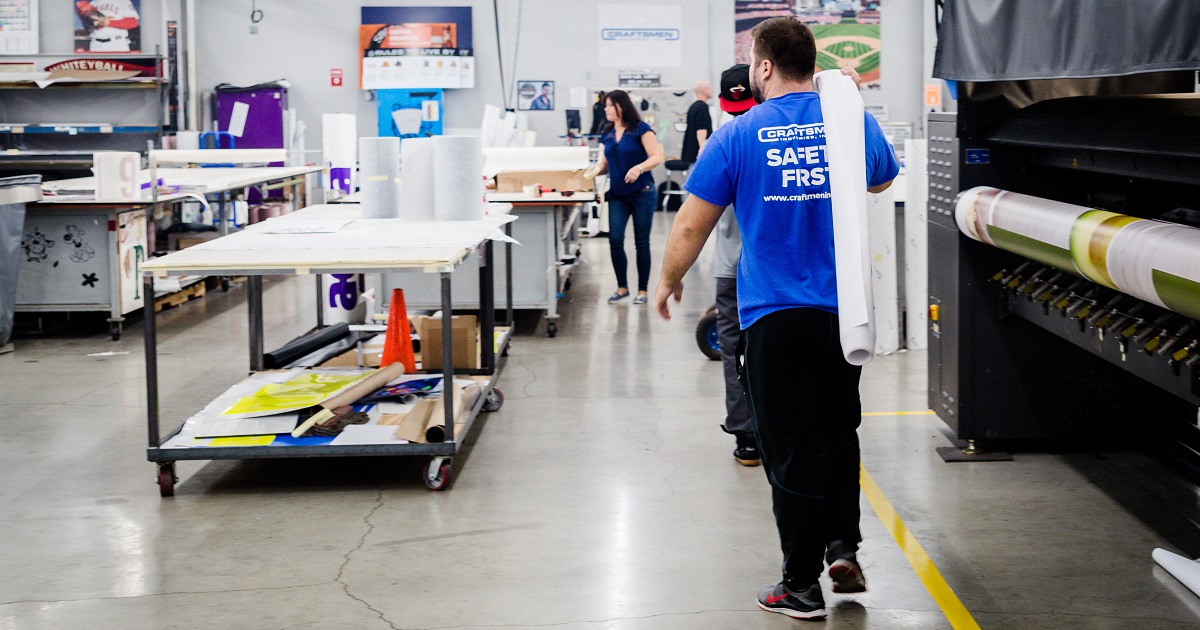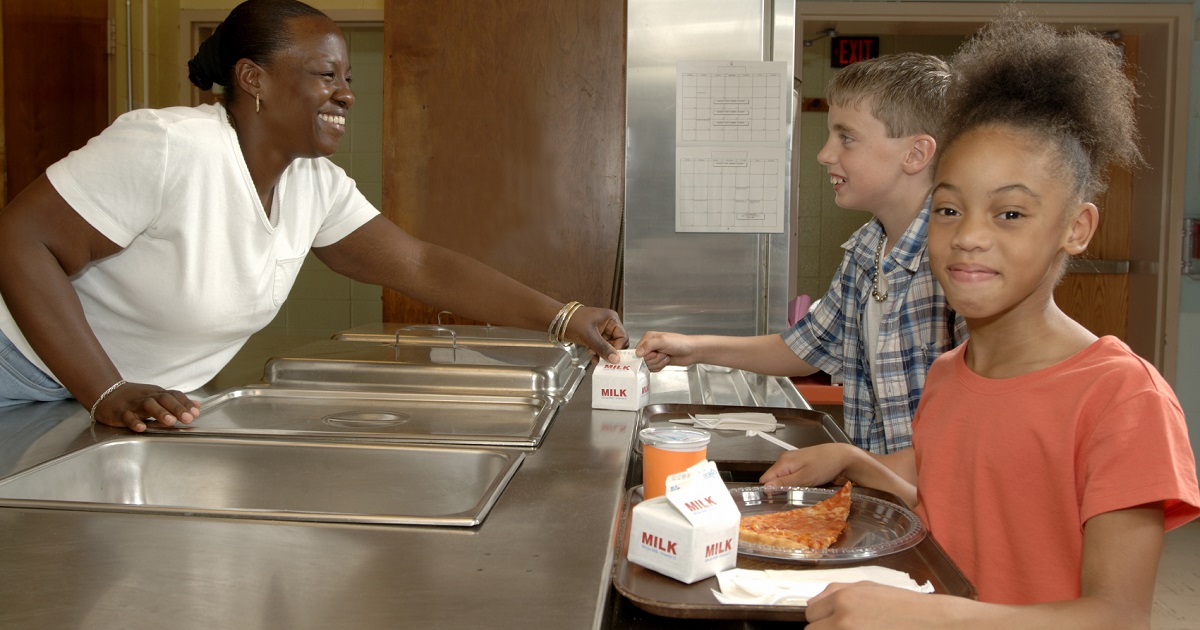For Media Inquiries
Contact Revee White, Director of Marketing and Communications at rwhite1@mem-ins.com or 573.499.4190.
Every year, the National Safety Council publishes its State of Safety report grading each state on its safety-related actions and policies. In the report, the NSC identifies gaps in each state’s safety culture and makes suggestions to further improve safety and prevent injuries.
In 2019’s report, the NSC described the U.S.’s state of safety as “perilous” because no state received an A grade. Eleven states received an F as an overall grade, and unfortunately, Missouri was among them.
In fact, this year Missouri was ranked as dead last in safety out of all 50 states and Washington D.C. The state demonstrated only 24% of the safety indicators measured by the NSC. As Missouri’s leading work comp carrier and Safety Fanatics, we find these results unacceptable.
The NSC divides safety indicators into three categories: road safety, home and community safety, and workplace safety. Here’s a look at each category and how we can improve the safety of Missourians in years to come.

Workplace safety
The state of Missouri received an F grade in all three of the report’s categories, including workplace safety. It ranked number 47 out of 51. In terms of prevention and enforcement, Missouri received credit for requiring safety and health programs for employers and having a workplace violence law. However, we’re lacking any legislation around workplace safety committees, drug-free workplaces and workplace wellness.
The Workplace Safety category also evaluates work comp elements. On these points, the report rated Missouri “developing” – a step above the worst rating. We scored points for having no time limit on benefits for permanent disabilities but were ranked lower for our time limit on temporary disabilities.
What we can do
From visiting and consulting our 17,800 policyholders, we know that many Missouri employers already understand the value of preventative measures like safety committees and drug-free workplace policies. However, we would like to see more laws in place to protect Missourians with these life-saving programs and policies. Karl Pearson said, “That which is measured, improves.” The hard reality is that some employers simply will not put safety measures in place if they’re not required by law.
In the meantime, business owners who want to realize a return on safety should revisit their safety program on a regular basis. Do you have written safety policies and communicate them with employees often? If you want to do more in terms of workplace safety, but aren’t sure where to start, ask your work comp insurance provider what resources are available. You can also visit our free resource library.

Road safety
You’ve seen us talk about safe driving again and again. We can’t afford not to: it’s the number one cause of on-the-job fatalities nationwide. The NSC ranked Missouri number 49 in road safety. We have some measures in place to protect Missourians against alcohol-impaired drivers. There are special guidelines for older and teen drivers in Missouri. However, we still lack basic road safety laws surrounding distracted driving, child passengers and seat belts. For example, did you know that Missouri law does not require children under two to be secured in a rear-facing car seat?
What we can do
Today, we have a lot of data on the dangers that would be addressed by such laws. We know that texting and driving can cause a vehicle crash in the blink of an eye. We know that drivers wearing seat belts are far more likely to survive a crash – yet the seat belt use rate in Missouri is about 84%, significantly lower than the national average. States with stronger seat belt laws have higher usage rates; Missouri doesn’t even have a primary seat belt law.

Home and community safety
Missouri ranked number 48 in the Home and Safety category, which covers common causes of at-home injuries and deaths. Drownings, firearms, home fires, older adult falls and youth sports are all components – as well as the most extensive sub-category, poisonings. Poisonings are the top cause of preventable deaths in the U.S. They have skyrocketed in the past ten years, a trend attributed largely to the opioid epidemic. When we think of poisoning, we tend to think of a child ingesting a dangerous product like a cleaner. However, most cases of poisoning involve adults, not children – and 99% of poisoning fatalities are adults older than 19. These are mainly overdose deaths.
What we can do
What’s missing in Missouri in terms of home safety? Missouri is severely lacking in regulations to prevent opioid misuse and other causes of fatal poisoning. Notably, Missouri is the only state left in the U.S. without a statewide prescription drug monitoring program. This program is crucial for preventing prescription drug diversion and misuse. Other steps missing from Missouri’s drug-related laws: mandatory prescriber education on pain management, regulation of pain clinics and Good Samaritan protections for providing overdose assistance.
Missouri safety in 2020 and beyond
It’s important to note that the State of Safety report evaluates states’ safety efforts in the most objective way it can: by their safety-related laws. Some Missourians are driving their cars, protecting their families and running their businesses with safety measures beyond those required by law. However, our last-place ranking shows that we have an urgent need for more concrete safety requirements. We must raise the bar to make Missouri safer for everyone.